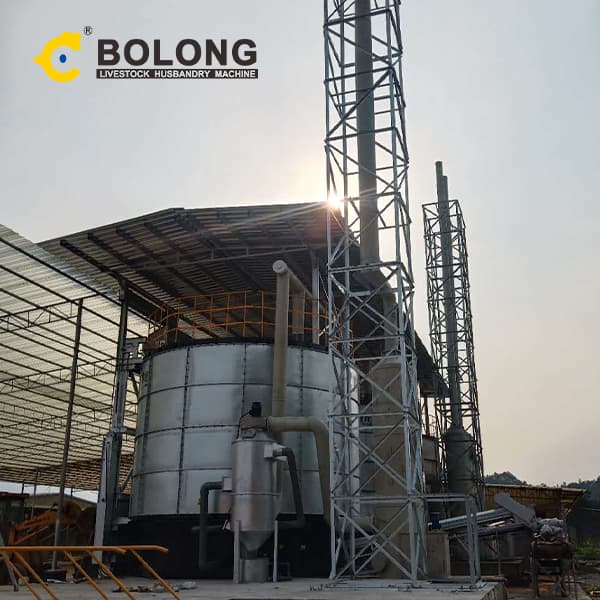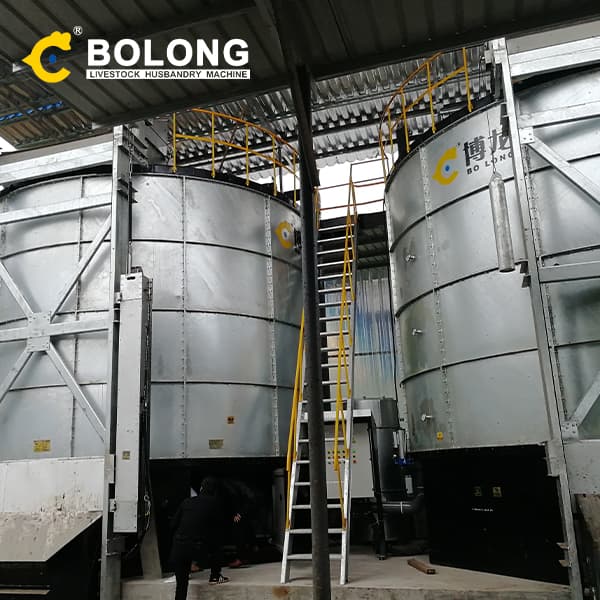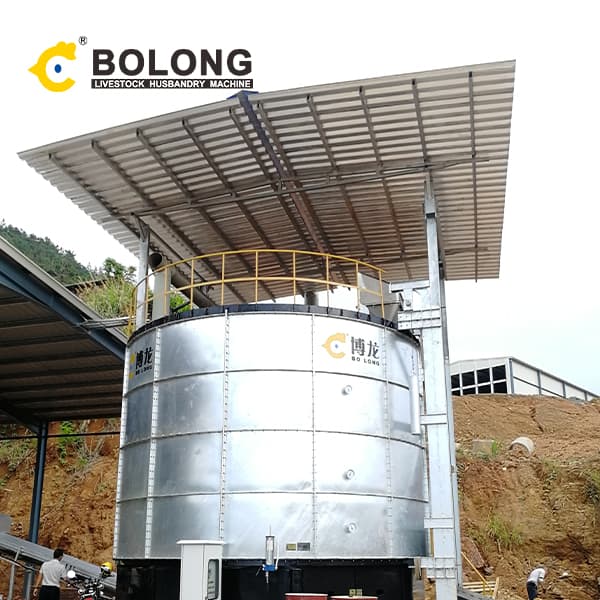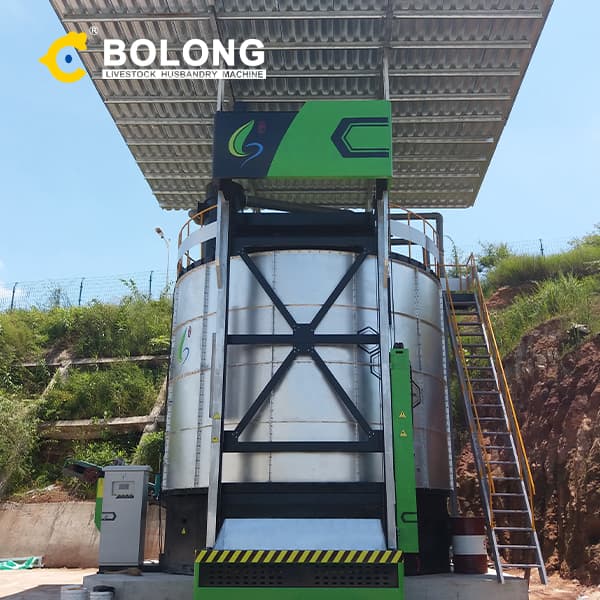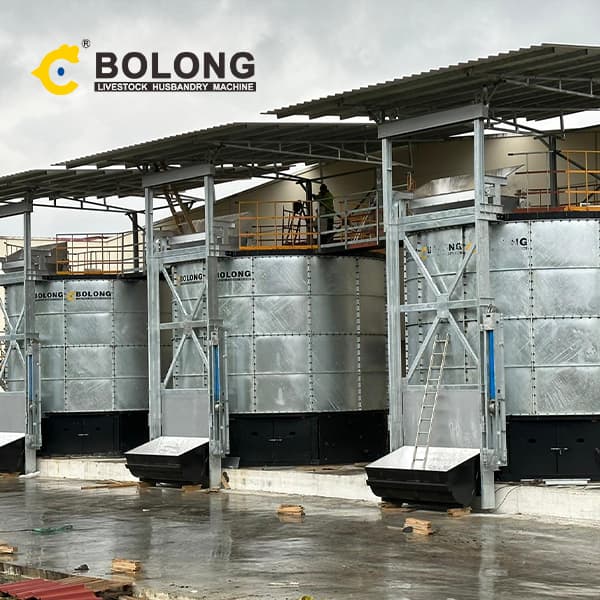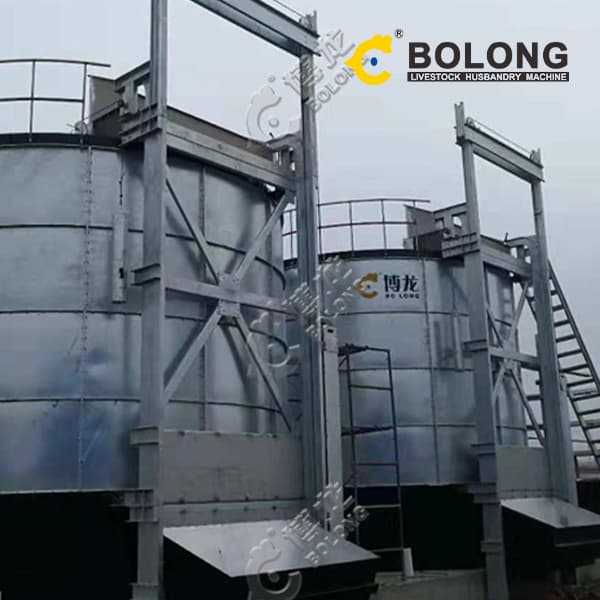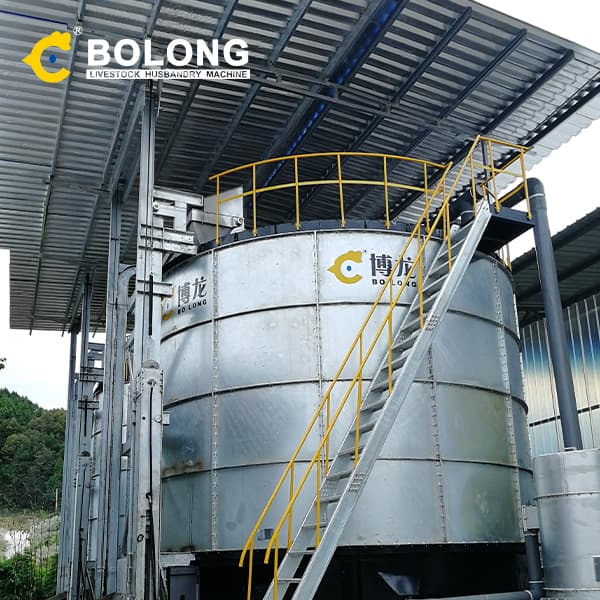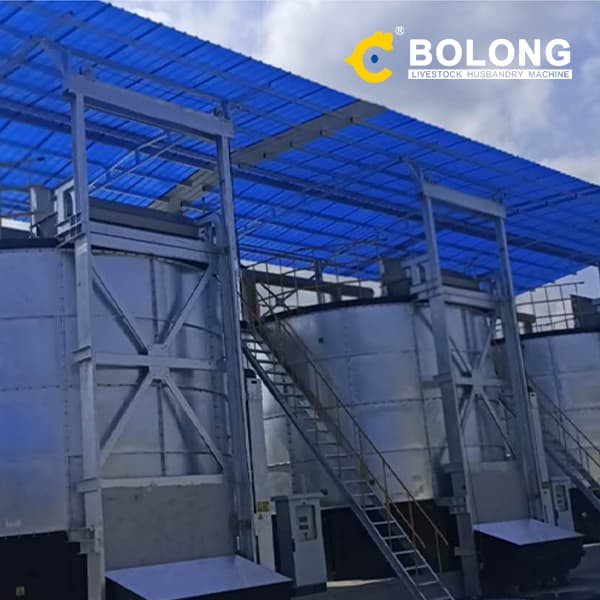-
Mar 2, 2024 · Microbial cell factories, renowned for their economic and environmental benefits, have emerged as a key trend in academic and industrial areas, particularly in the fermentation of natural compounds. Among these, plant-derived terpenes stand out as a significant class of bioactive natural products. The large-scale production of such terpenes, exemplified by artemisinic acid—a crucial
-
Mar 19, 2021 · The fermentation of leaf vegetable waste to produce animal feed reduces the environmental impact of vegetable production and transforms leaf vegetable waste into a commodity. We investigated the effect of exogenous probiotics and lignocellulose enzymes on the quality and microbial community of fermented feed (FF) produced from cabbage waste. The addition of exogenous probiotics resulted in
-
Jun 1, 2015 · Continuous laboratory-scale experiments were conducted on two-stage anaerobic systems treating vegetable waste (VW) to improve CH 4 production. The acidogenic reactors were employed with a serial methanogenic reactor configuration with volume distribution ratios of 3 L/4 L and 3 L/7 L (acidogenic reactor/methanogenic reactor), as well as recirculation rates (RRs) of 0.8 and 1.6.
-
Jan 1, 2020 · Overview of succinic acid production from fruit and vegetable wastes. SA production from FVW consists of three steps, including FVW collection, hydrolysis treatment, and bioconversion of simple sugars into SA by microorganisms. The first step is FVW collection.
-
Aug 1, 2018 · Design for vegetable waste fermentation control systems based on semi-tensor product fuzzy controller. August 2018; Advances in Mechanical Engineering 10(8):168781401879355;
-
Oct 19, 2020 · In this sense, the fermentation of a wide variety of by-products including rice, barley, soya, citrus, and milling by-products has been reported. This minireview gives an overview of recent fermentation-based valorization strategies developed in the last 2 years.
-
Oct 17, 2023 · Process of fruit and vegetable waste conversion using the drying method (BDW) in one-stage fermentation system. However, the protein content was significantly increased to 38.8 ± 0.2% w/w BDW ...
-
Aug 18, 2018 · The vegetable waste fermentation control process is an unknown, complicated MIMO system. The reaction temperature of the vegetable waste fermentation under the given environment is chosen as the input parameter, while the heat from motor-stirring and media conduction are chosen as the control output parameter.
-
Jul 1, 2019 · The regulation of two-stage caproate fermentation from fruit and vegetable waste (FVW) via anaerobic microbial consortia was investigated in this study. The results showed the highest caproate production achieved 14.9 g/L at the optimal inoculum to substrate ratio (ISR) of 2:1, ethanol to acid ratio (E/A) of 4:1, and pH of 7.5.
-
Aug 14, 2012 · Vegetable wastes include the rotten, peels, shells, and scraped portions of vegetables or slurries. These wastes can be treated for biofuel production through fermentation under controlled conditions or else used for composting. The natural decomposition of wastes by microbes generates products with high humus content.
-
Nov 13, 2020 · Vegetable waste mainly generates during the processing and packaging of vegetables, after preparation of cooking and post-harvest losses due to lack of storage facilities. Bioethanol can be produced through fermentation under controlled conditions.
-
Jun 1, 2022 · The review explores the concept of building an anaerobic waste biorefinery that would use anaerobic digestion to produce a variety of products from fruit and vegetable waste, including green energy and other in-demand biochemicals, as well as the process factors affecting their production.
-
Mar 26, 2021 · An interesting strategy to overcome nutrient limitations occurring in SSF on agri-food waste is to mix different waste substrates, thus developing fermentation substrates that do not require nutrient supplementation.
-
Sep 19, 2016 · The effects of cabbage waste (CW) addition on methane production in cow dung and corn straw co-fermentation systems were investigated. Four experimental groups, each containing 55 g of substrate
-
Aug 1, 2023 · @article{Liu2023CoproductionOL, title={Co-production of lactate and volatile fatty acids through repeated-batch fermentation of fruit and vegetable waste: effect of cycle time and replacement ratio.}, author={Huiliang Liu and Feng Zhen and Di Wu and Zhi Wang and Xiaoying Kong and Ying Li and Tao Xing and Yongming Sun}, journal={Bioresource



